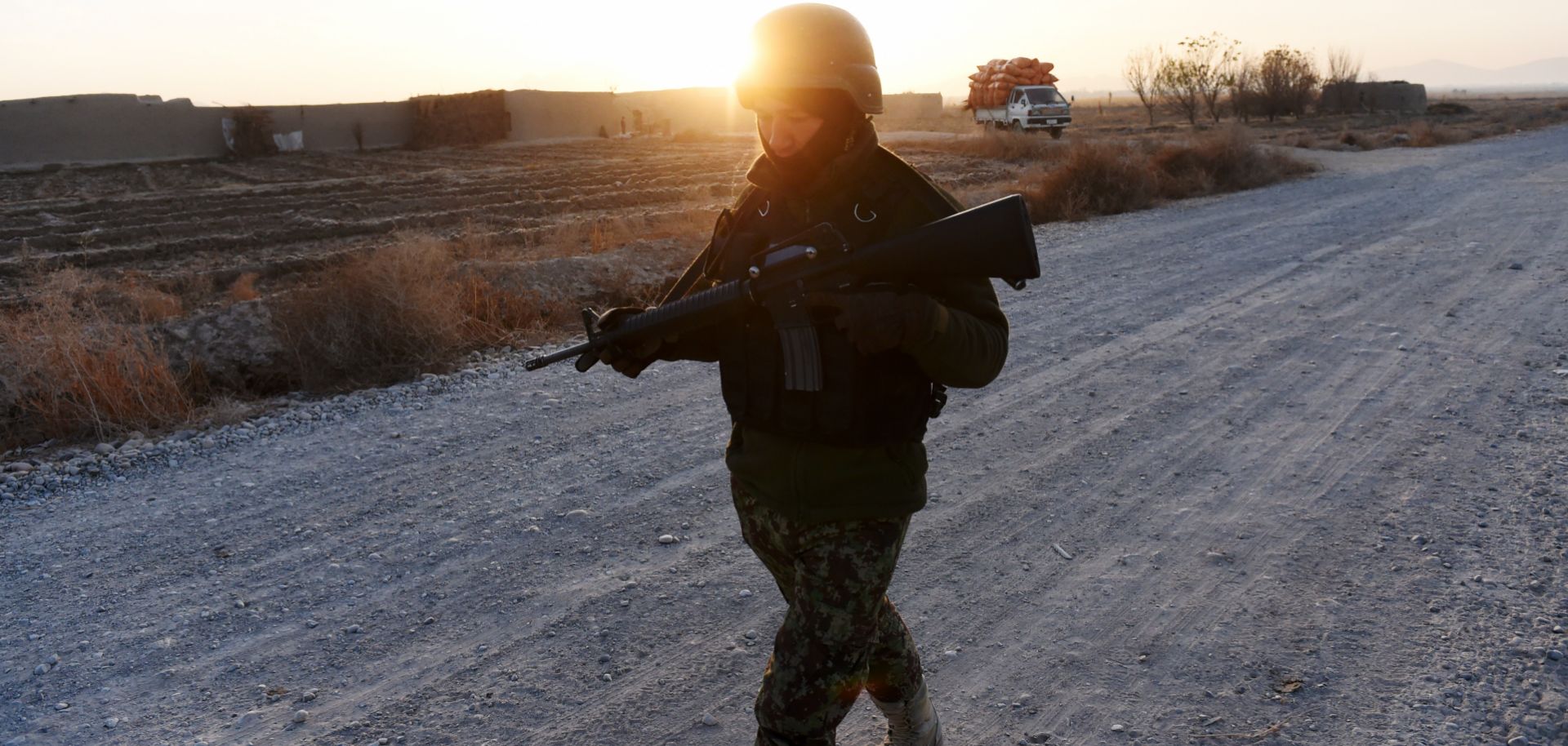ASSESSMENTS
What Lies Beneath the Enduring Stalemate in Afghanistan
Jun 27, 2018 | 08:00 GMT

An Afghan soldier on patrol in southern Afghanistan, Dec. 11, 2014. The military stalemate in Afghanistan endures almost 17 years after the United States invasion in October 2001.
(ROBERTO SCHMIDT/AFP/Getty Images)
Highlights
- The stalemate in Afghanistan endures, with the Afghan government continuing to control the country's urban areas while the Taliban command large areas of the countryside.
- Foreign support, the Afghan government's failures and the Taliban's deep ties within Afghanistan's rural social fabric are central to the persistence of the Afghan insurgency.
- Negotiations are the only real alternative toward ending the conflict in the short term, but myriad obstacles stand in the way.
Subscribe Now
SubscribeAlready have an account?
